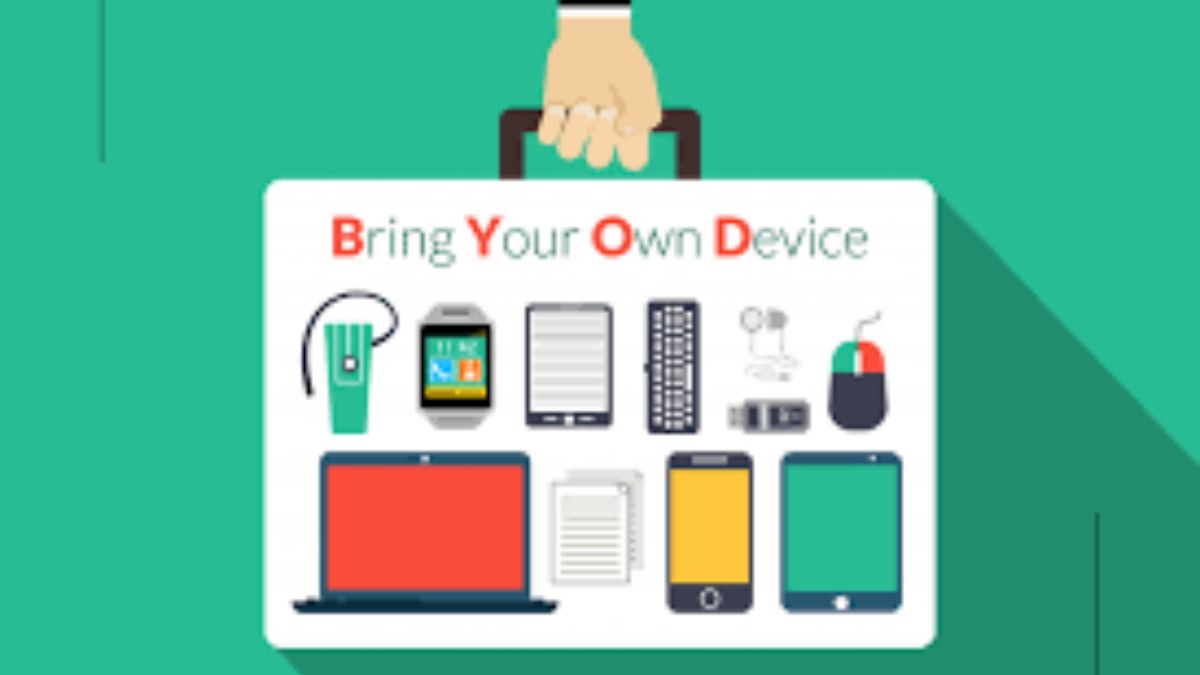BYOD security policies are essential in today’s business. These procedures must be easy for employees to understand and use while ensuring that the security system is effective. Passwords, screen locks, and device control are simple but effective ways to secure devices. But these measures are only helpful if they’re used consistently.
Restrict Access to Company Data
It’s essential to restrict access to company data when employees use BYOD because of the risk of cyber-attacks and data breaches. This can occur when employees download unauthorized software, connect to public Wi-Fi networks that are susceptible to man-in-the-middle attacks, or forget to update their device’s operating systems, which makes them vulnerable to malware and other threats. The good news is that there are tools that allow you to monitor the devices of employees who use BYOD security policies and make sure that the proper measures have been implemented on these personal devices. These tools can also be used to remotely “wipe” a device if it is lost or stolen, which can mitigate the risk of sensitive information getting into the wrong hands. In addition, it’s essential to ensure that your BYOD policy outlines acceptable and unacceptable uses of personal devices for work purposes. This will help your employees understand what they can and cannot do on their devices, why those security measures are essential, and how they can protect themselves from cybersecurity risks. It’s essential to have all stakeholders – including management, HR, IT, accounting, and legal departments – involved in creating your BYOD policy. This will enable you to create a well-rounded policy that meets your business’s security, functionality, and regulatory requirements.
Require Passwords
A firm BYOD policy should require password protection on all personal devices used for work purposes. Adding these extra layers of security is one of the best things you can do to protect employee-owned devices from hackers and data breaches. It’s also a good idea to encourage employees to keep their personal and professional apps separate, especially on mobile devices. This will help limit the amount of private information that may accidentally be shared with coworkers while in the workplace. Additionally, it would be best to prohibit public Wi-Fi on personal devices unless necessary for business purposes. This will help to prevent employees from downloading malware and viruses that could be transmitted through their internet browsers while working on their phones or tablets. Another critical aspect of a BYOD policy is establishing a procedure for removing company data from an employee’s device when that employee leaves the organization. It’s not uncommon for former employees to continue to access sensitive company information from their devices, which can create a significant privacy risk. A clear BYOD policy will outline the steps for deleting data and restricting employee access to work-related apps and files after an employee departs.
Ensure Devices Are Secure
Many BYOD policies require employees to use their devices for business purposes, but they are not necessarily secure. Devices can be lost, stolen, or compromised by malware. They may also be prone to out-of-date software or operating systems, leaving them vulnerable to hacks and security breaches. To combat these risks, businesses must ensure the devices used by employees are secure, ideally through a containerization solution that separates personal files and applications from those about work. Other strategies include app segregation to prevent accidental access to work data, VPNs to protect communications from interception (even if the employee uses a coffee shop’s wireless network) and file integrity monitoring to detect negative changes and respond to them immediately. Developing an effective BYOD security policy requires the input of multiple stakeholders. Each department should be represented in the planning process, including human resources, finance, IT operations, etc. Creating a policy without input from these groups can backfire and hurt productivity, so it is essential to get everyone on board with the program. It is also a good idea to create clear, informative explanations of the policy that address the needs of each department and individual. These can be delivered through informational sessions, written guides, or one-on-one meetings. Lastly, it is essential to train employees on the security measures required for BYOD during the onboarding process.
Train Employees
If employees are using personal devices for work, the business must have a plan in place to keep company data safe. This means setting up a private Wi-Fi network for employees, ensuring their device software is current, and banning any applications that cause security issues. It also means having a way to wipe data off of devices if they are lost or stolen. Employees should be trained on these policies during their onboarding process. This can be done in person or through a digital course. The training should include a clear definition of BYOD and explain the risks involved in putting company data on personal devices. It should also outline how the policies will be enforced, including reimbursing employees for any costs they might incur while using their devices. A well-thought-out BYOD policy can save companies money on hardware and IT support. However, it’s essential to ensure the policy accounts for the potential for viruses and malware to infiltrate the workplace. It’s also crucial to ensure that employees are adequately trained to use their devices for work and understand how to access and use company software. Lastly, a BYOD policy should address what happens when an employee leaves the organization. Without a clear plan, an ex-employee could easily access sensitive client information on their device and use it against the business.
